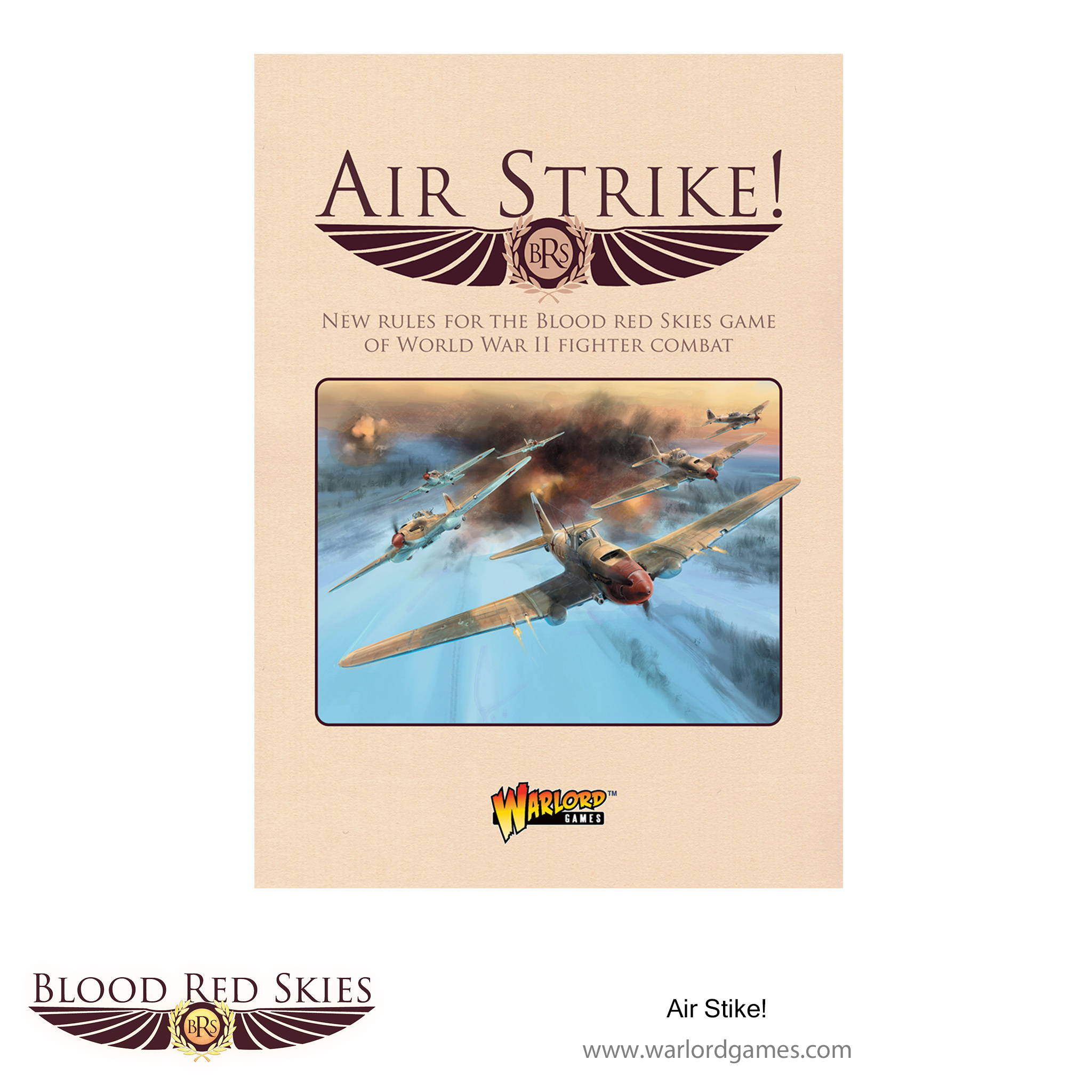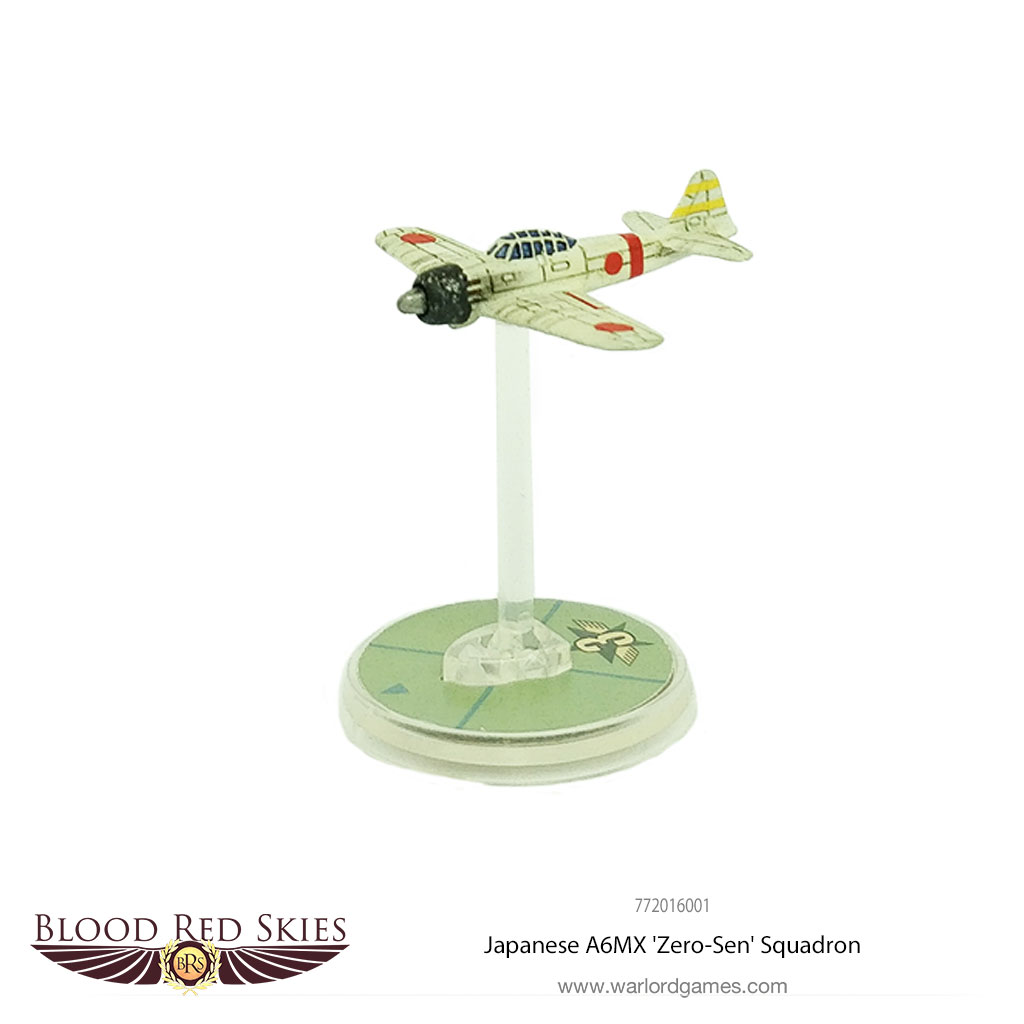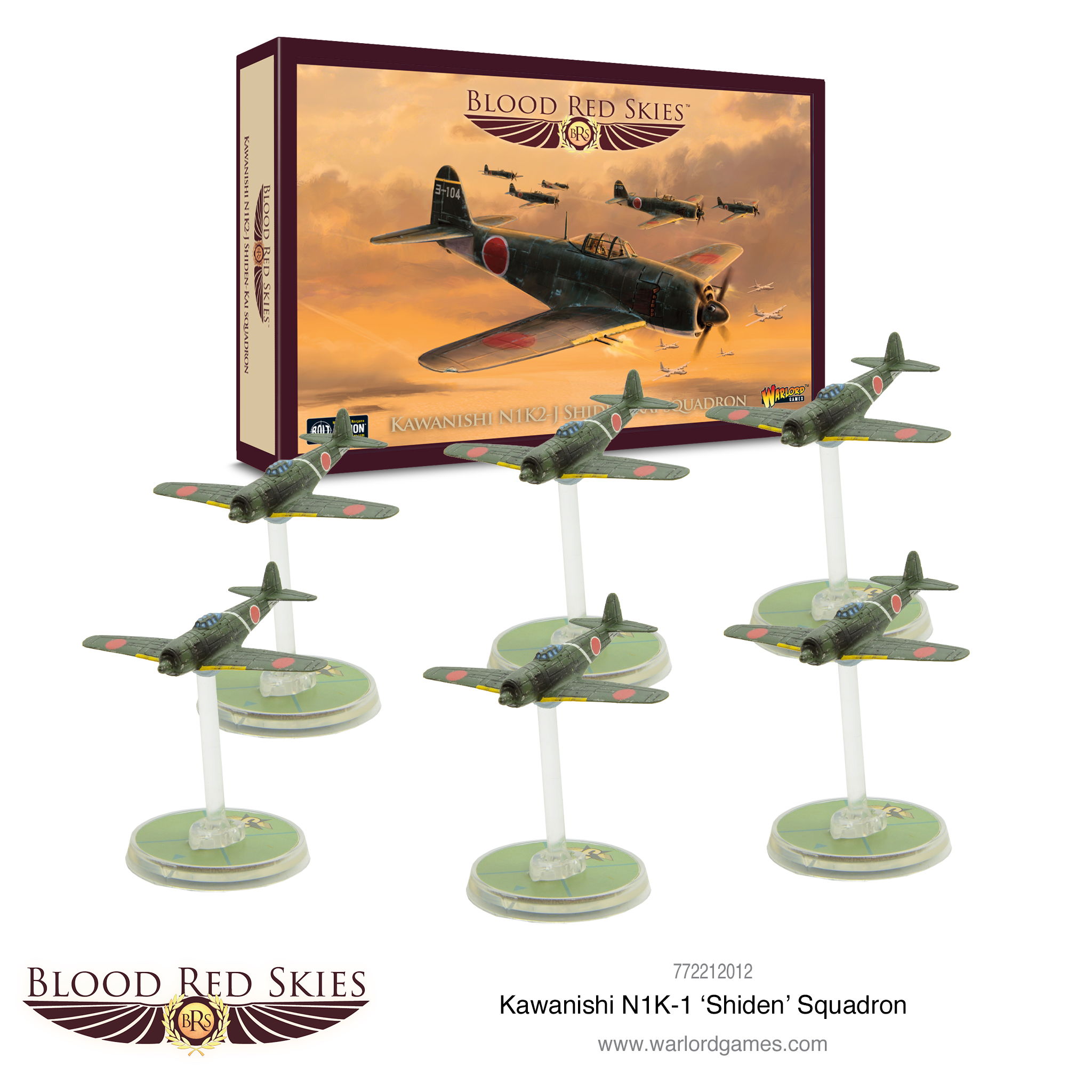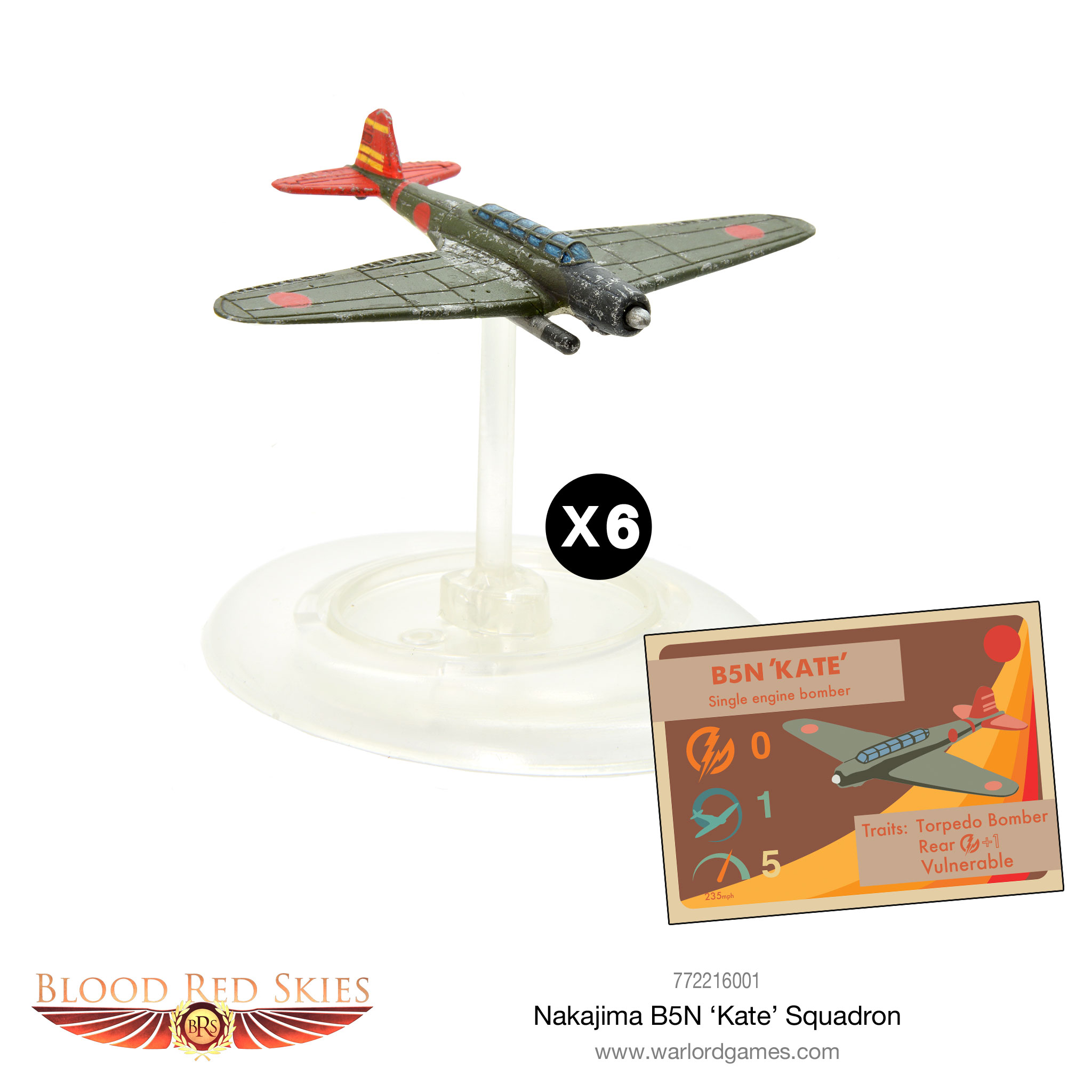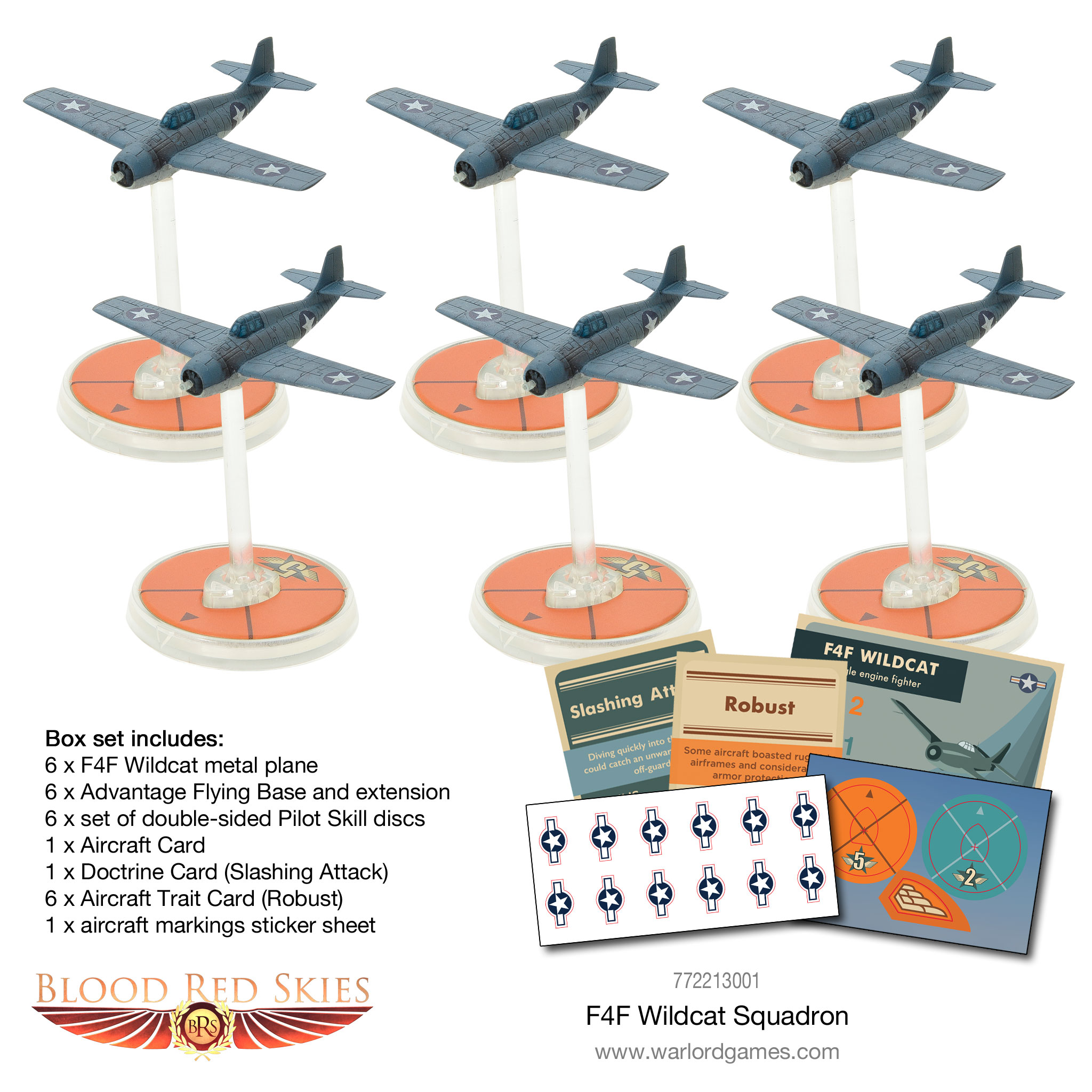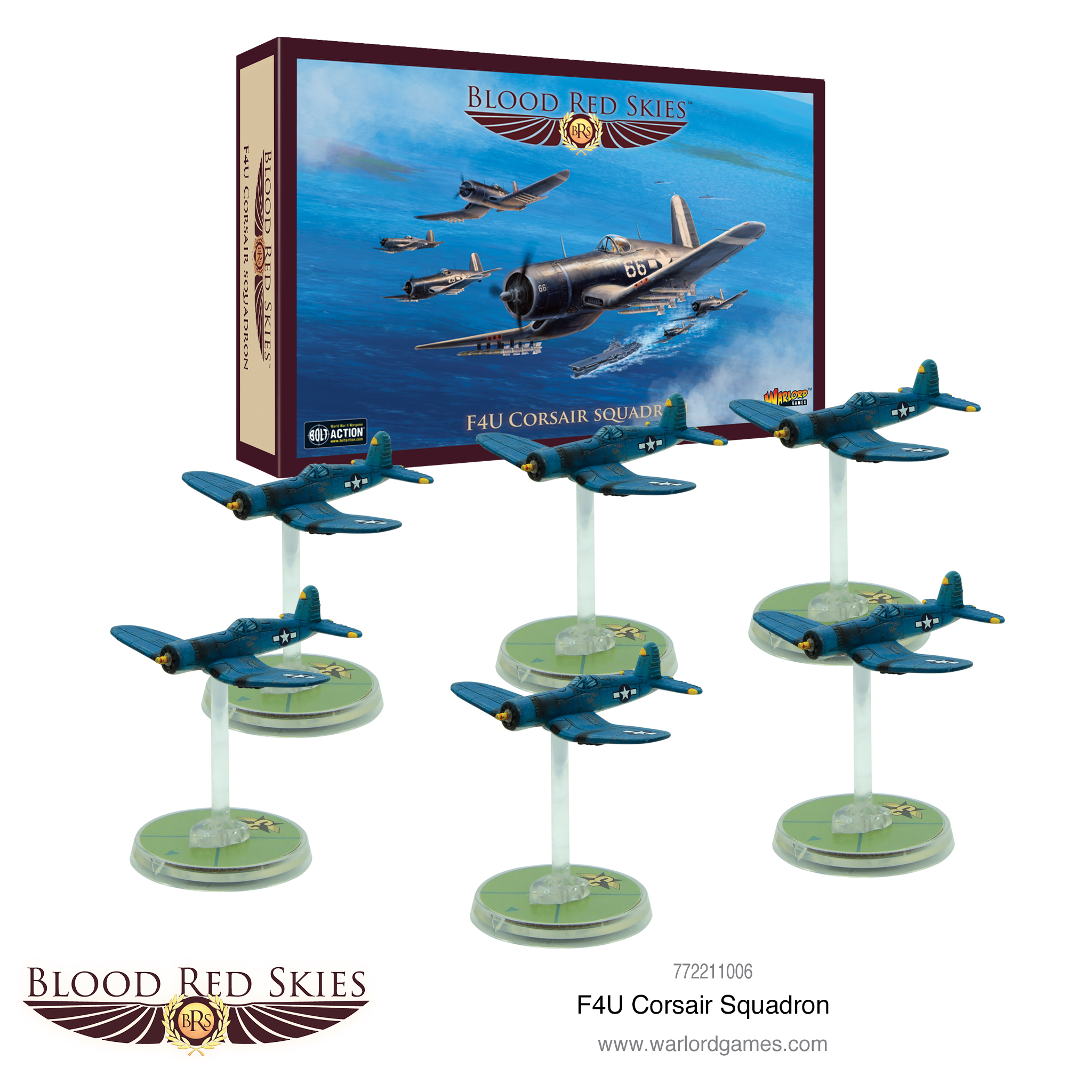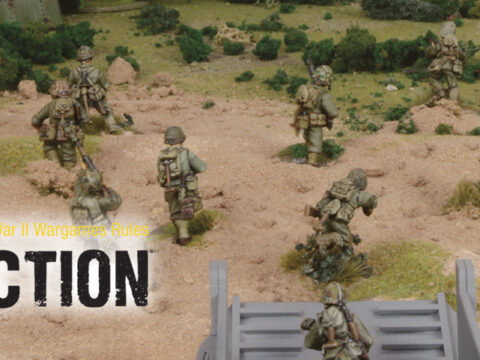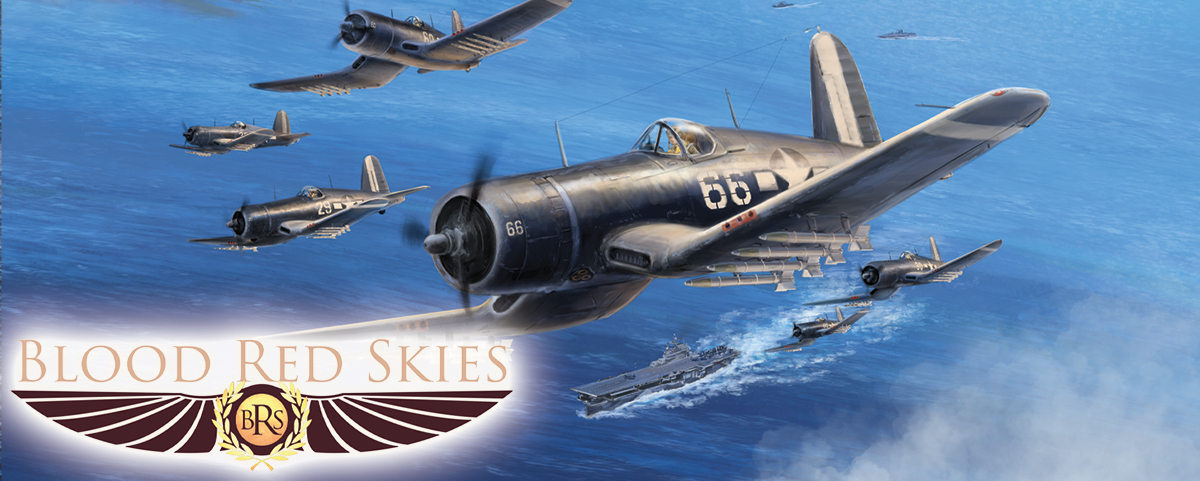
With the new Bolt Action Campaign book, Mariana and Palau Islands, now available to order, we thought we’d take a look at the air war that raged above the waters of the Pacific. The Island-hopping campaign, in some regards, was dictated by the ever-present threat of enemy aircraft – launching from both carriers and island bases such as those on Peleliu. Such threats needed to be dealt with by US forces. They also needed to establish their own airbases, from which strategic bombing missions could be launched against mainland Japan.
The evolving nature of naval warfare gave more and more prominence to the carrier, and the control of island airfields were of paramount concern to the greater strategic concerns of the theatre. The air war over the Pacific, therefore, provides a fascinating focus for Blood Red Skies players. The AirStrike! book provides guidance for a huge variety of scenarios, the vast majority of which are pertinent to the Pacific theatre. It is, therefore, an invaluable resource for collectors of United States and Imperial Japanese air forces.
Air Strike!
Blood Red Skies: Air Strike! is a rules compendium that presents all of the rules from the original Blood Red Skies starter set and adds many new ones suitable for expanded air operations: ground and sea targets, bombing, strafing and torpedo attacks, defensive flak and terrain. With 11 scenarios included and game profiles for all manner of targets of strategic importance in the Pacific theatre, notably airfields, aircraft carriers and fortified positions, you can adapt the included scenarios to reflect any battle you would like, particularly when incorporating the Pacific Theatre cards.
For instance, Scenario 7, Priority Target, could see the attacking player attempting to take a vital carrier out of action through a hail of flak whilst enemy fighters scramble to protect the key asset. With some adaptation, and multiple targets representing an escorting fleet, you can scale up to truly impressive games – it doesn’t even matter who attacks and defends, as both Japanese and American air forces seek to eliminate the opposing navy’s carrier support capability.
There is even scope for combining your games with simultaneous Bolt Action or Cruel Seas games (Scenario 10), particularly useful for a combined arms island hopping campaign!
Japanese Air Forces
In 1941, a carrier-based aerial strike force assaulted the US Pacific Fleet base at Pearl Harbour, destroying over 188 aircraft for a cost of only 29 of their own, in addition to the 21 American ships that were sunk or damaged. This kickstarted the Pacific campaign, and over the next four years, Japanese, American and Commonwealth pilots would squabble over tropical island chains and windswept oceans.
In the early stages, Japanese air superiority was assured – the nimble A6M Zero and its land-based counterpart the Ki-43 Oscar were lightning quick and ferociously agile dogfighters, completely outclassing the Hurricanes, Airacobras and Wildcats put up by their opponents.
As the conflict wore on, Japanese industry was unable to keep pace with the Allies, and the Zeros and Oscars remained in service well after they had been rendered obsolete by advancing technology.
United States Air Forces
Unlike the British, Germans and Soviets, the United States did not have a separate air force. Instead, aerial combat was handled by the doughty pilots of the US Army Air Force and the US Navy. Both branches would see some of the most intense fighting of the war, both in the European and Pacific theatres. By the end of the war, the Army Air Force had become virtually independent from its parent organisation and became the US Air Force in 1947.
Before the surprise attack by Japanese naval aviation at Pearl Harbour in the winter of 1941, the US Navy had 8 carriers, 4,500 pilots and 3,400 planes. With this formidable fighting force, it would chase the Japanese back and forth across the Pacific ocean, skirmishing over uninhabited atolls and vast tracts of the open ocean. While the US Navy had a numerical advantage, the sluggish F4F Wildcat proved to be inferior to the lightning-fast A6M Zero.
In 1945, the nascent US Air Force and it’s Navy counterpart was one of the largest air forces in the world, supported by an industrial giant of peerless capacity. US Army Air Force bombers would deliver the knockout blow to Japan, dropping two atomic bombs from their B-29 Superfortresses.

